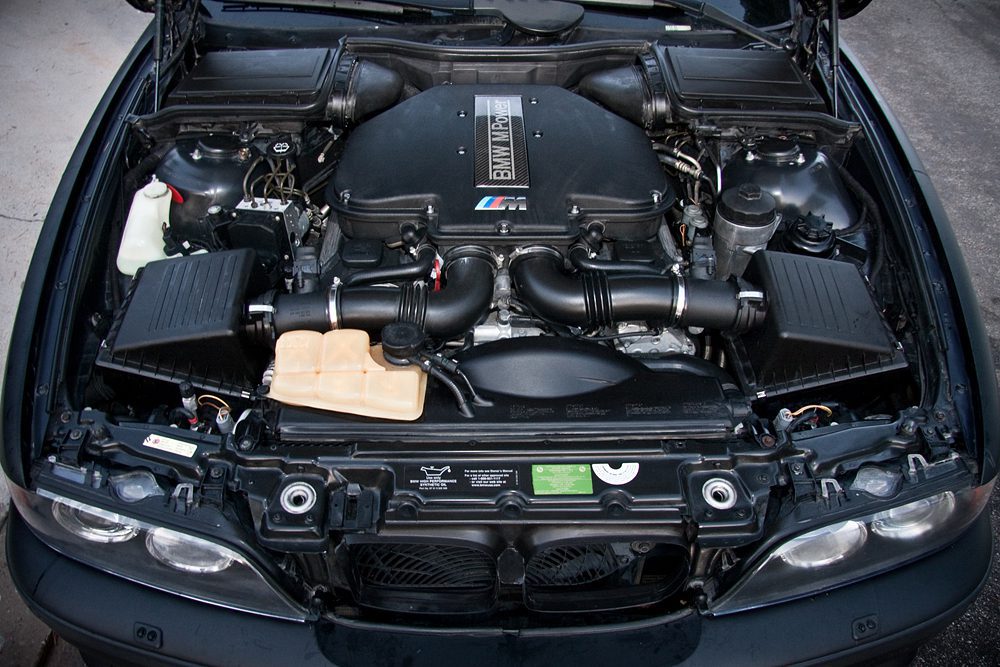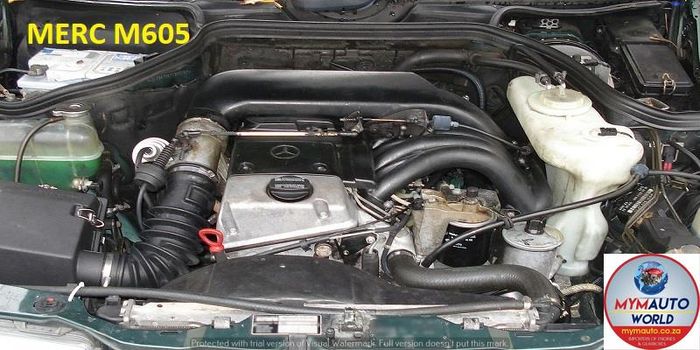Exploring the Inner Functions of a Compact Car's Engine System
As motorists, we usually take for granted the elaborate procedures that occur within the confines of our vehicle's engine system. In this expedition of a compact lorry's engine system, we will untangle the inner functions of this mechanical harmony, shedding light on the mysteries that drive us onward on our everyday journeys.
Burning Refine Review
The burning process in a portable automobile's engine system is an essential system that successfully converts fuel into power to power the automobile. This process takes place within the combustion chamber of the engine, where fuel and air mix, fire up, and create regulated explosions. The burning process includes four main stages: consumption, power, exhaust, and compression.
Throughout the consumption stage, the piston relocates downward, pulling in a blend of air and fuel right into the burning chamber. The following stage, compression, includes the piston moving upwards, pressing the air-fuel blend to boost its strength. Ultimately, in the power phase, the trigger plug ignites the compressed mixture, causing a rapid development of gases that forces the piston back down. This downward activity produces the power needed to drive the lorry. In the exhaust stage, the burnt gases are expelled from the combustion chamber via the exhaust shutoff, preparing the chamber for the next cycle. This cyclic combustion procedure is essential to the procedure of a portable car's engine system, making sure efficient energy conversion for propulsion.
Piston and Cyndrical Tube Interaction

The piston's exact fit within the cylinder is crucial for keeping optimal compression and avoiding energy loss throughout burning. Limited clearances between the piston and cylinder wall surfaces make sure efficient securing, allowing the piston to relocate efficiently without enabling gases to leak past. Appropriate lubrication is additionally important to reduce friction and wear in between these elements, improving long life and performance.
Furthermore, the design and products utilized in making the piston and cylinder see page influence engine efficiency and durability. Modern engines frequently use lightweight yet resilient materials like light weight aluminum alloys for pistons and cylinder linings to decrease inertia and boost thermal efficiency. In general, the harmonious communication in between the piston and cylinder is basic to the engine's performance and overall performance.
Fuel Injection System Performance
Fuel shot systems in portable automobile engines play a vital role in precisely providing gas to the combustion chamber for reliable and controlled ignition. The fuel shot system operates by injecting fuel right into the burning chamber at the optimum moment during the engine's procedure (opel corsa engine). This specific timing makes sure that the fuel blends uniformly with the air for appropriate combustion, bring about improved fuel efficiency and minimized discharges
There are mainly two kinds of gas injection systems made use of in portable automobile engines: port fuel injection (PFI) and straight gas shot i was reading this (DFI) PFI systems infuse gas right into the consumption port prior to the intake valve, while DFI systems inject gas directly into the burning chamber. Both systems have their benefits, with DFI offering much better gas atomization and PFI providing a more economical remedy.
Comprehending Engine Air Conditioning Mechanisms
Efficient operation of a small automobile's engine counts greatly on the efficiency of its cooling mechanisms. The air conditioning system in a small automobile normally consists of a number of parts working with each other to regulate the engine temperature level. Understanding these engine air conditioning systems is vital for preserving the performance and long life of a small automobile's engine system.

Exhaust System Elements Explained
The optimal functioning of a portable lorry's engine air conditioning systems depends on a corresponding system understood as the exhaust system, which consists of different important components for guaranteeing effective exhausts and engine performance. The exhaust manifold gathers exhaust gases from the engine's courses and cylinders them to the catalytic converter.
One essential element of the exhaust system is the oxygen sensing unit, which keeps an eye on the oxygen degrees in the exhaust gases to help manage fuel consumption and ensure ideal engine performance. opel corsa engine. Additionally, the resonator might be present in some exhaust systems to minimize sound levels. Overall, the exhaust system plays an essential function in keeping engine effectiveness, reducing harmful emissions, and guaranteeing a quieter driving experience for small vehicle proprietors

Conclusion
Finally, the compact lorry's engine system is a complicated mix of parts that collaborate to assist in the combustion procedure, convert fuel into energy, and eliminate waste gases. Understanding the inner operations of the engine Check This Out system, consisting of the piston and cyndrical tube communication, fuel shot system, engine cooling mechanisms, and exhaust system elements, is essential for maintaining optimal performance and performance of the vehicle.
The burning procedure in a small car's engine system is an important mechanism that effectively converts fuel into energy to power the car.Gas injection systems in small car engines play a crucial duty in precisely providing gas to the combustion chamber for controlled and efficient ignition.There are mainly two types of gas injection systems made use of in compact vehicle engines: port fuel injection (PFI) and direct fuel shot (DFI) Recognizing these engine cooling devices is essential for maintaining the efficiency and longevity of a compact vehicle's engine system.
The ideal performance of a small lorry's engine cooling devices depends on a corresponding system known as the exhaust system, which makes up different crucial parts for making sure effective exhausts and engine performance.